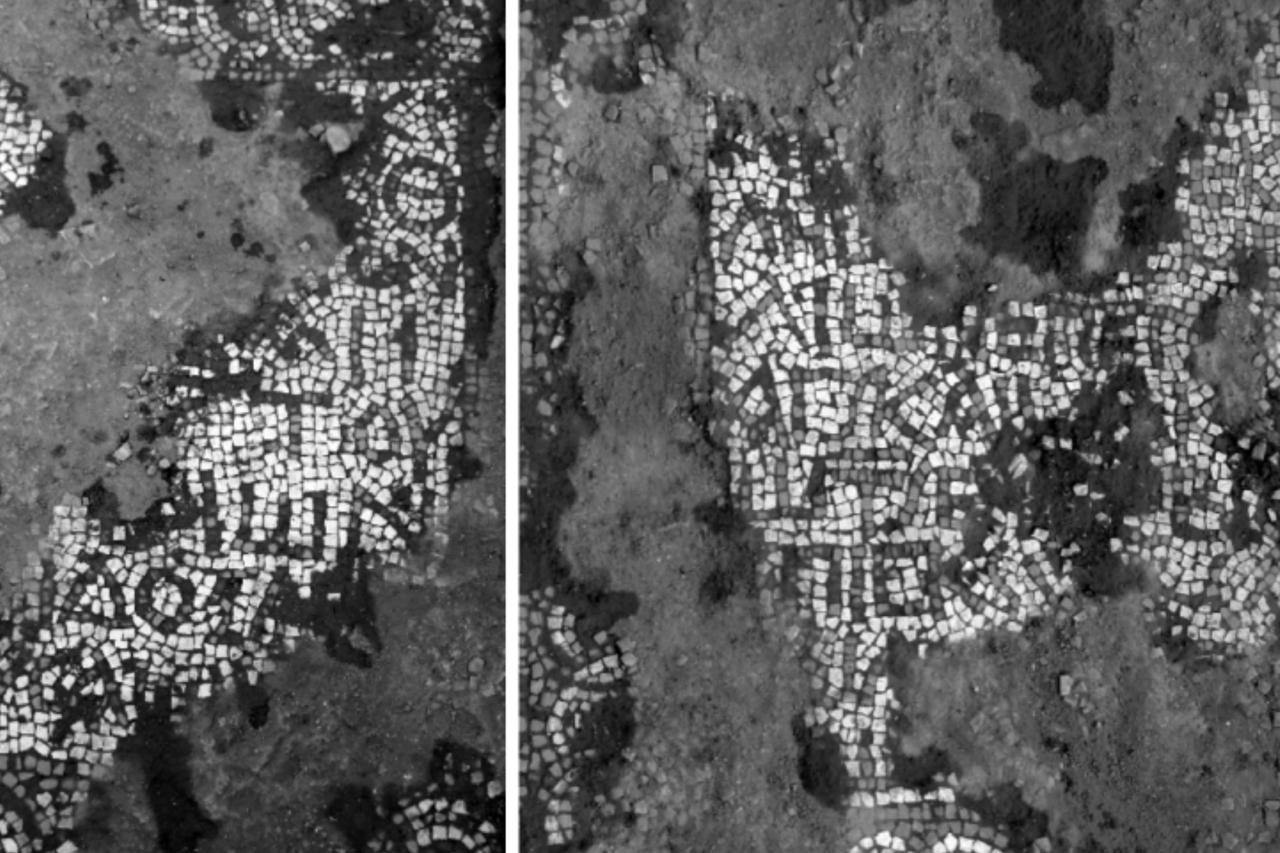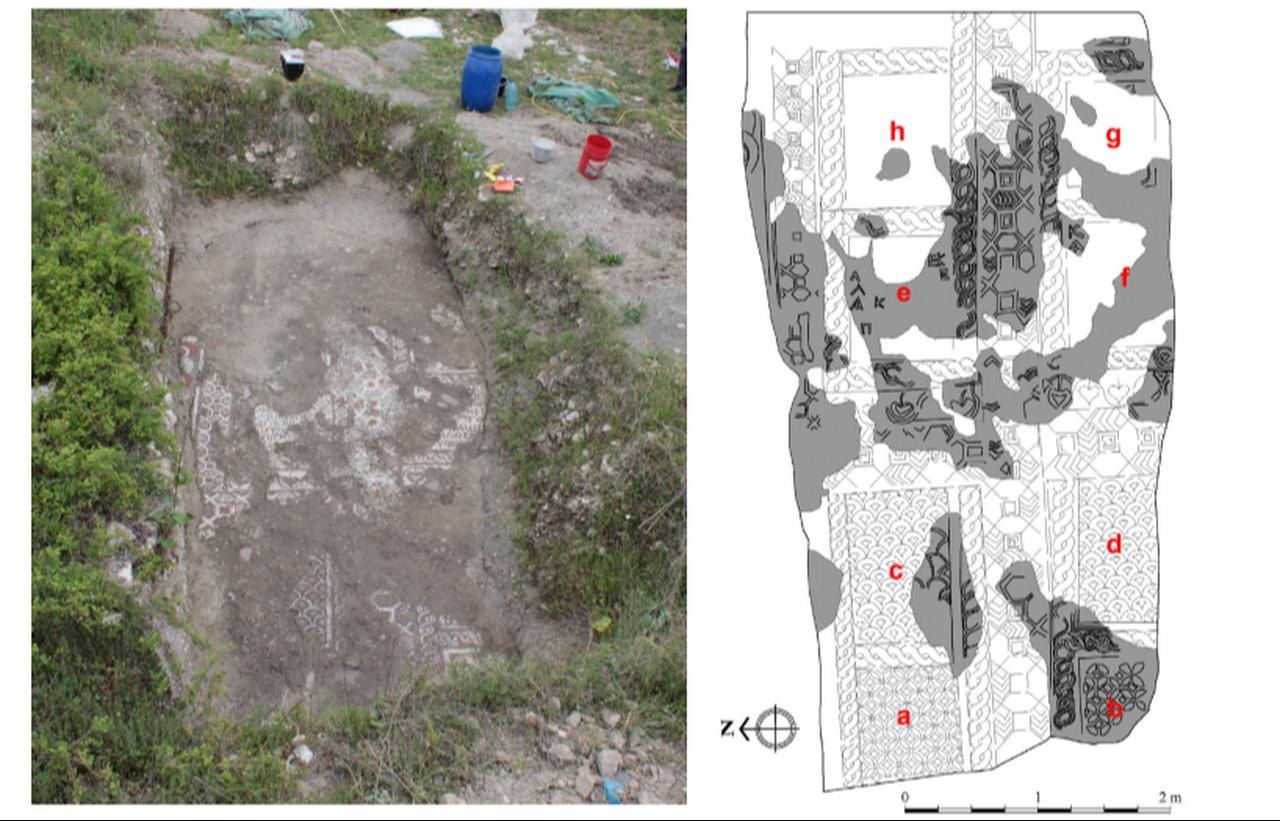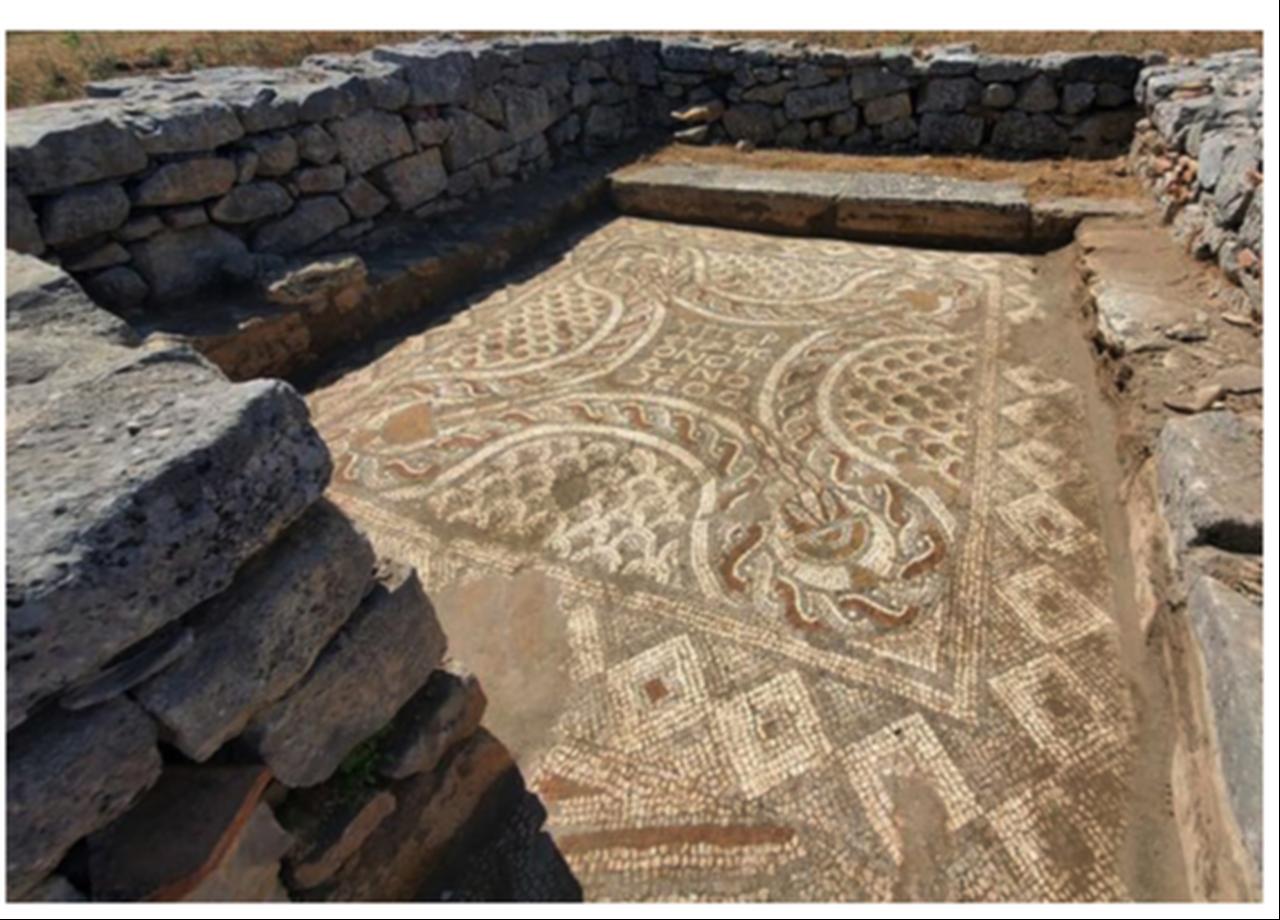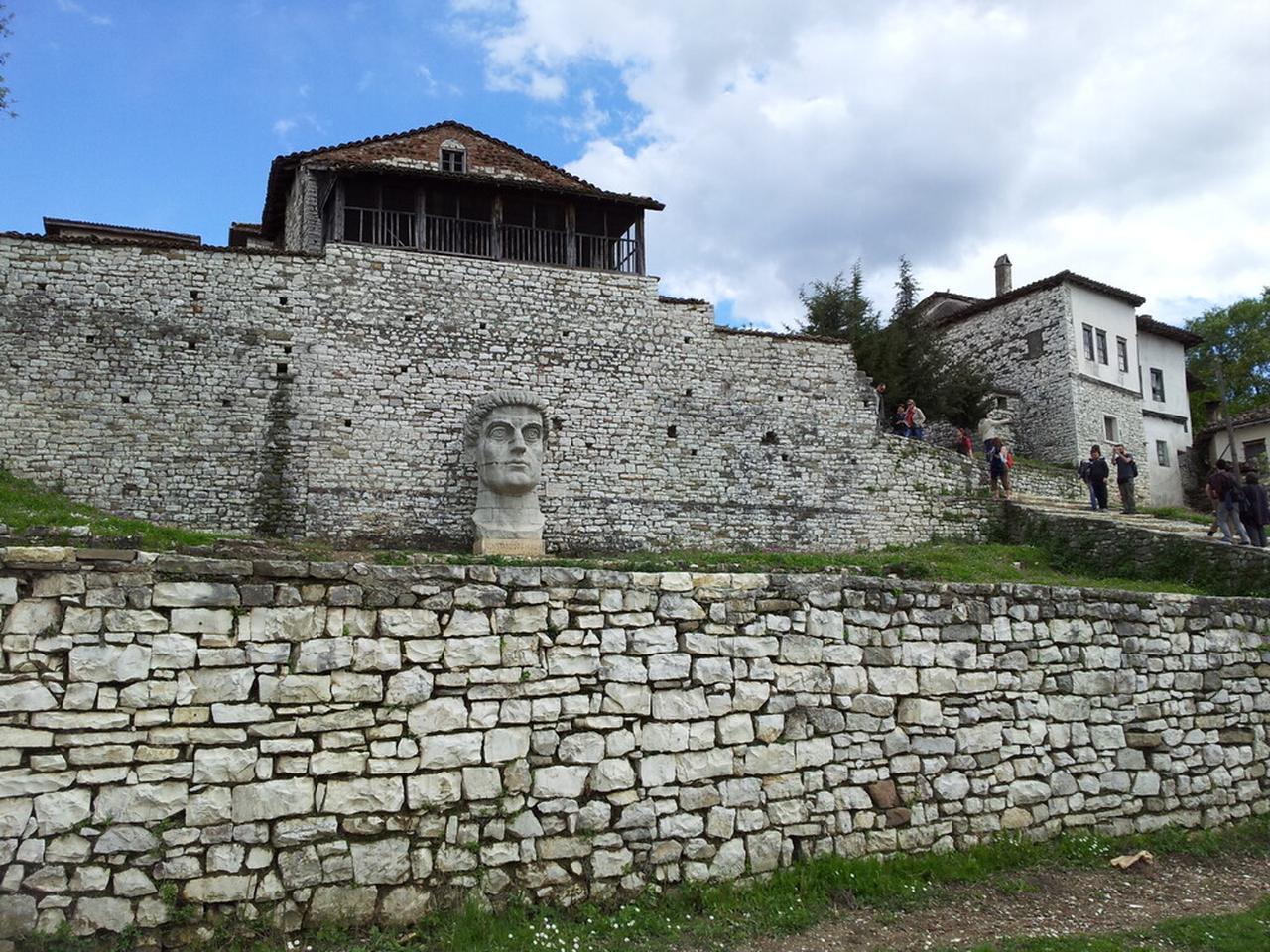
New archaeological findings from Albania's Berat, known in antiquity as Antipatrea, reveal two late antique mosaic floors that bring fresh insight into the region’s early Christian heritage. Both mosaics were uncovered during infrastructure work inside the medieval castle in 2012 and in the lower town in 2018, offering rare evidence from a period that remains poorly understood due to repeated destruction and rebuilding over centuries.

The first mosaic, found inside the castle, survives in a fragment of roughly 20 square metres and displays a combination of geometric borders, interlaced patterns and Greek-letter inscriptions. Archaeologists believe the room once belonged to a late antique basilica, although its full plan remains unknown.
Crafted from limestone and terracotta tesserae, the floor features interlaced bands, octagonal grids and ivy scroll motifs, all pointing to design traditions shared widely across the Balkans and the Adriatic world.

The second mosaic, discovered beneath later Ottoman-era structures in the lower city, is smaller but carries a striking detail. Its Greek inscription includes the word Theotokos, a term formally endorsed at the Council of Ephesus in 431.
The presence of this inscription indicates that the floor was laid after the council, offering a rare chronological anchor for the site and hinting at religious connections that once stretched from the Balkans to the Aegean coast.

Comparative studies of the motifs show that similar patterns appear in centres such as Bylis, Butrint, Stobi and Heraclea Lyncestis. The shared repertoire suggests that mosaicists travelled across these regions, carrying techniques and aesthetic preferences that formed a common late antique visual language.
Limestone and terracotta from the local landscape were used consistently, pointing to workshop practices rooted in regional resources.

Although Berat is best known today for its Ottoman-period urban texture, its newly identified mosaics reveal that the city’s religious and artistic heritage reaches much further back. The coexistence of early Christian remains beneath later Ottoman layers offers a layered historical landscape familiar across many cultural sites in Türkiye and the Eastern Mediterranean.
These discoveries, experts note, highlight the need for more systematic archaeological work in Berat to better map its late antique phases.